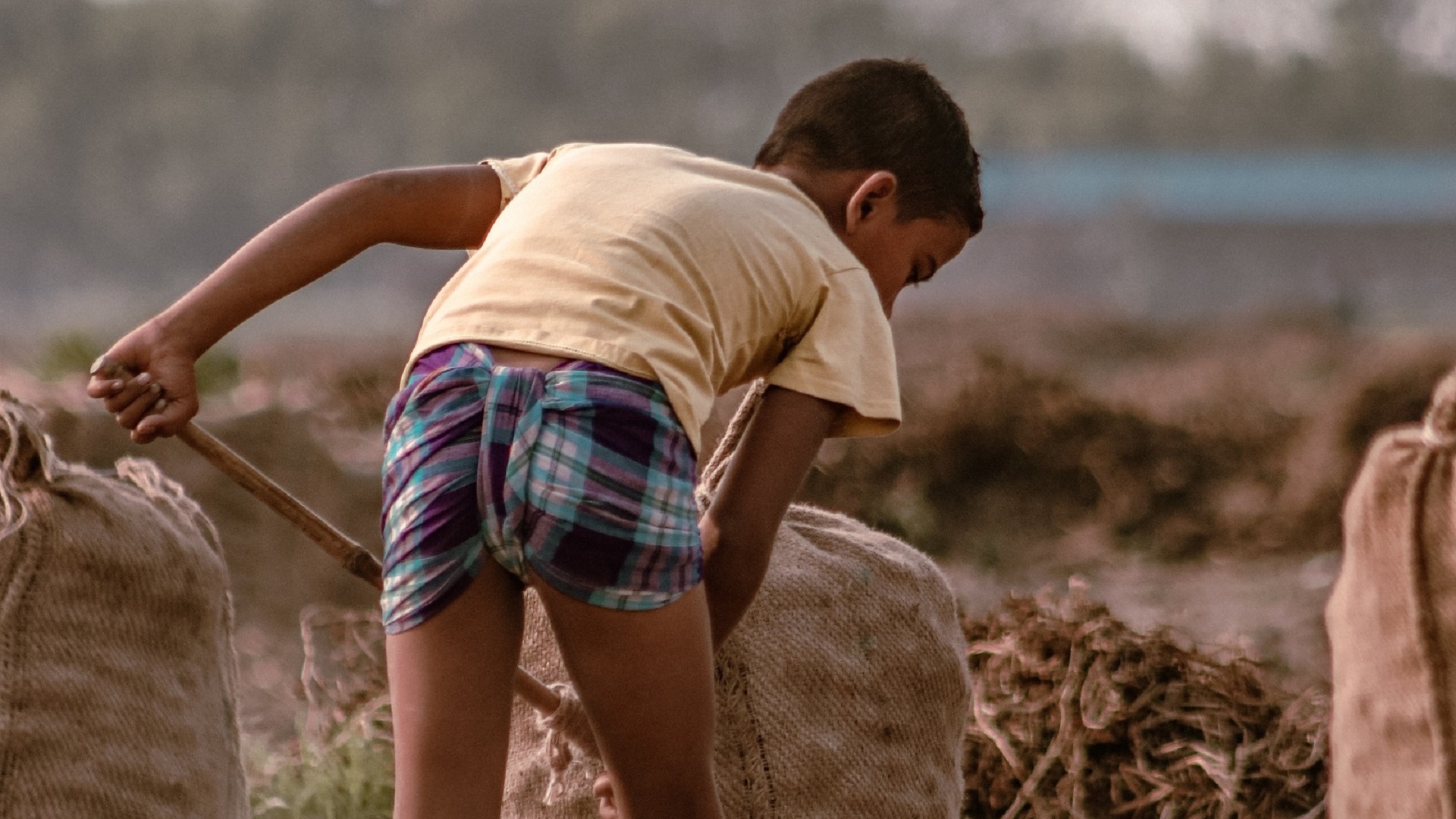Every year on June 12th, the International Day Against Child Labour is commemorated. This date serves as a global reminder of the need to eradicate one of the most pressing and alarming human rights violations in the contemporary world: child labor. In this note, we will explore what this day represents, why it was established, its history, and the current situation of child labor worldwide.
Origins of the International Day Against Child Labour
The history of this day dates back to 2002 when the International Labour Organization (ILO), a United Nations agency dedicated to promoting social justice and labor rights, proclaimed June 12th as the International Day Against Child Labour. This decision was a wake-up call to the world about the urgent need to address the exploitation of children in the labor force and ensure a more promising future for them.
Why is June 12th Commemorated?
June 12th was chosen as a commemorative date because it coincides with the anniversary of the adoption of the Convention on the Rights of the Child in 1989. This convention is an international treaty that establishes the fundamental rights of all children, including the right to protection against economic exploitation and child labor. The International Day Against Child Labour is, therefore, a reminder of the importance of protecting and ensuring these rights.
Current Situation of Child Labour Worldwide
Despite significant efforts made since the establishment of this day, child labor remains a serious problem in many parts of the world. According to the ILO, it is estimated that in 2020, there were around 160 million children in situations of child labor, representing nearly 10% of the global child population. This alarming figure indicates that there is still much work to be done to eliminate this harmful practice.
The causes of child labor are multifaceted and often related to poverty, lack of access to quality education, gender discrimination, and labor exploitation. Children trapped in child labor often face dangerous and exploitative working conditions, jeopardizing their health, development, and well-being.
However, there are reasons for optimism. In recent decades, there have been significant advances in the fight against child labor. Numerous governments, international organizations, and NGOs have worked together to implement policies and programs aimed at eliminating this practice. Quality education has become a key focus in preventing child labor, as it provides children with the opportunity to develop their skills and aspire to a better future.
The Role of Society and Individuals
The International Day Against Child Labour is a call to action for everyone. Each of us has a role to play in eradicating child labor. As consumers, we can be aware of where the products we purchase are produced and ensure that labor rights are respected. As citizens, we can press our governments to implement effective policies to prevent and eliminate child labor. As members of society, we can support organizations working to protect children’s rights and eliminate child labor.
Conclusion
The International Day Against Child Labour is an annual reminder that all children have the right to a safe, healthy, and educational childhood, free from labor exploitation. While significant progress has been made, the persistence of child labor in the world is a reminder that global commitment must continue. Only through international cooperation, public awareness, and ongoing efforts can we ensure a better future for all children in the world, free from the burden of child labor.





